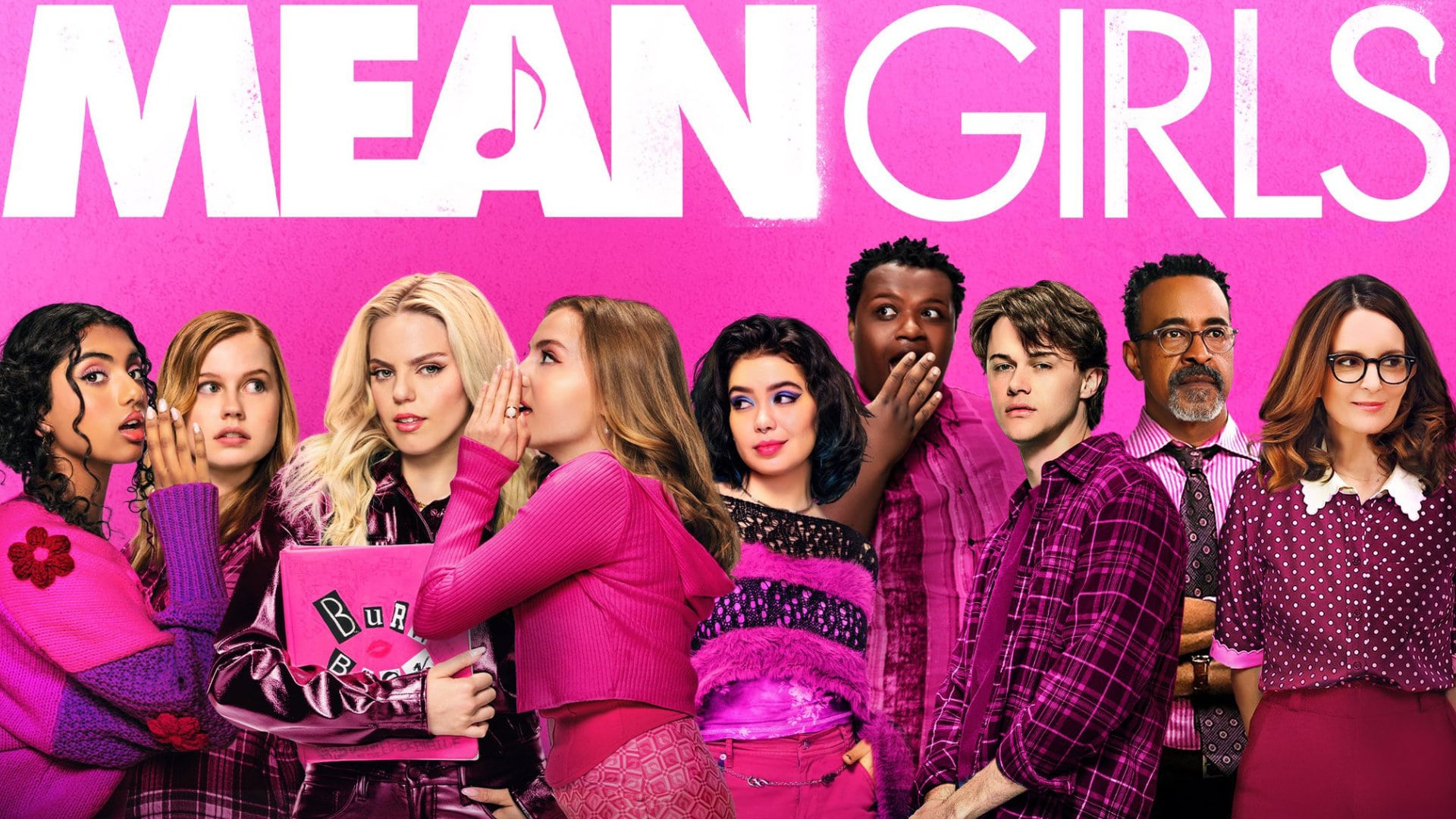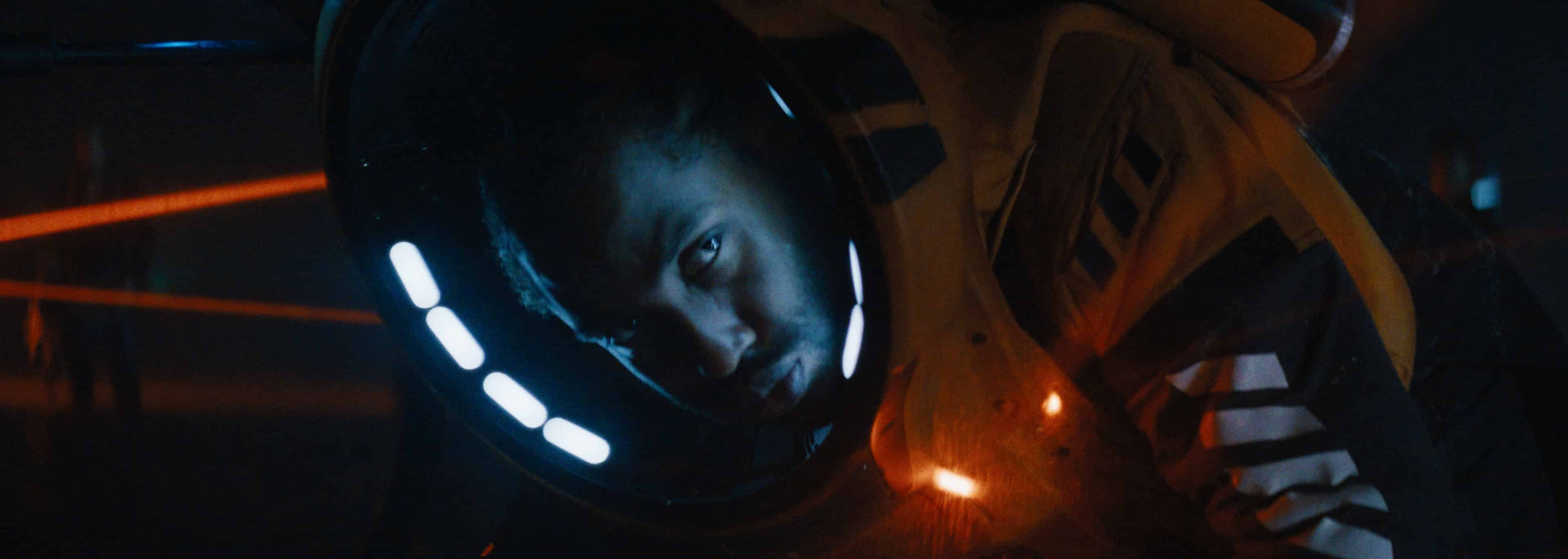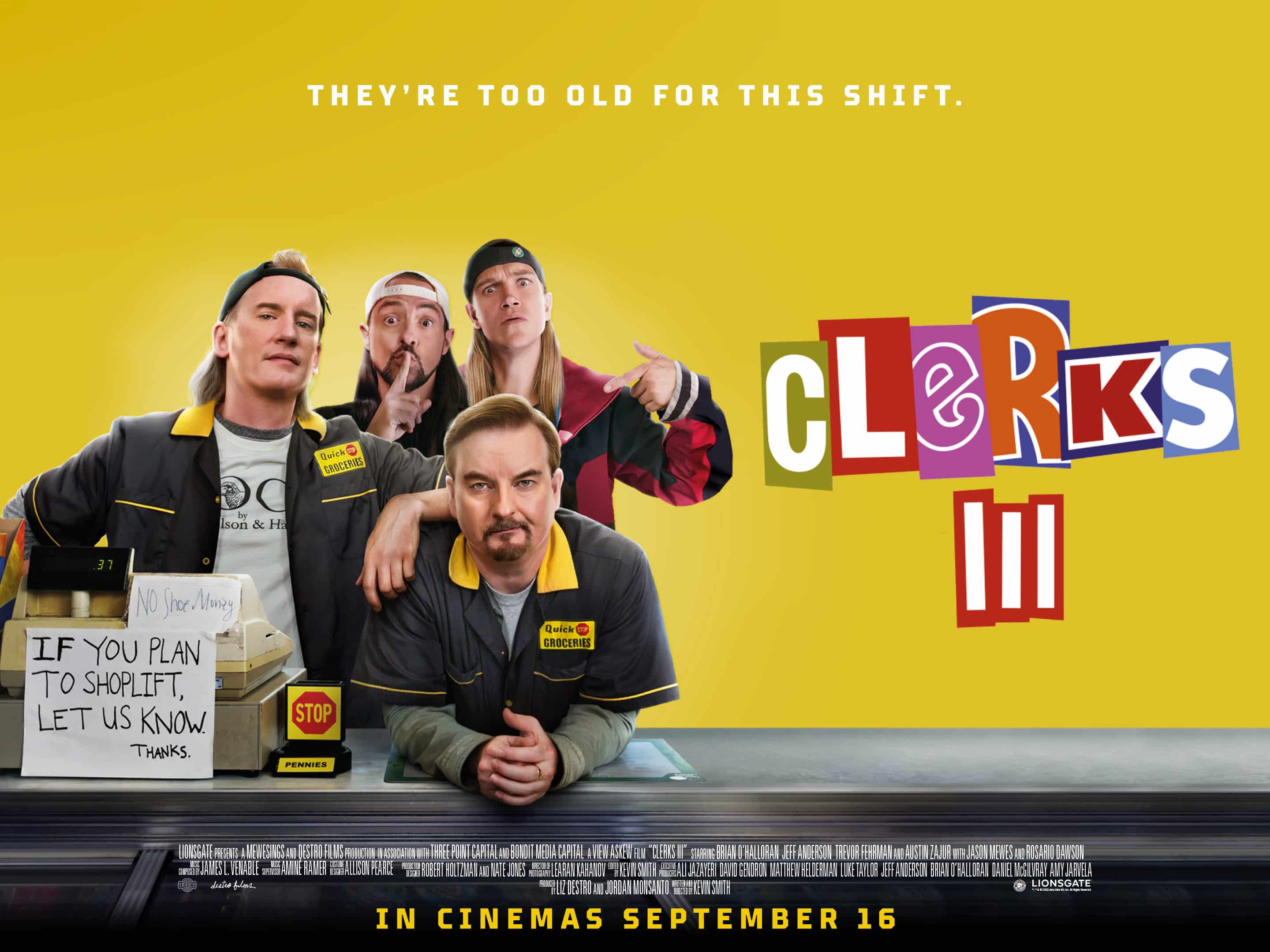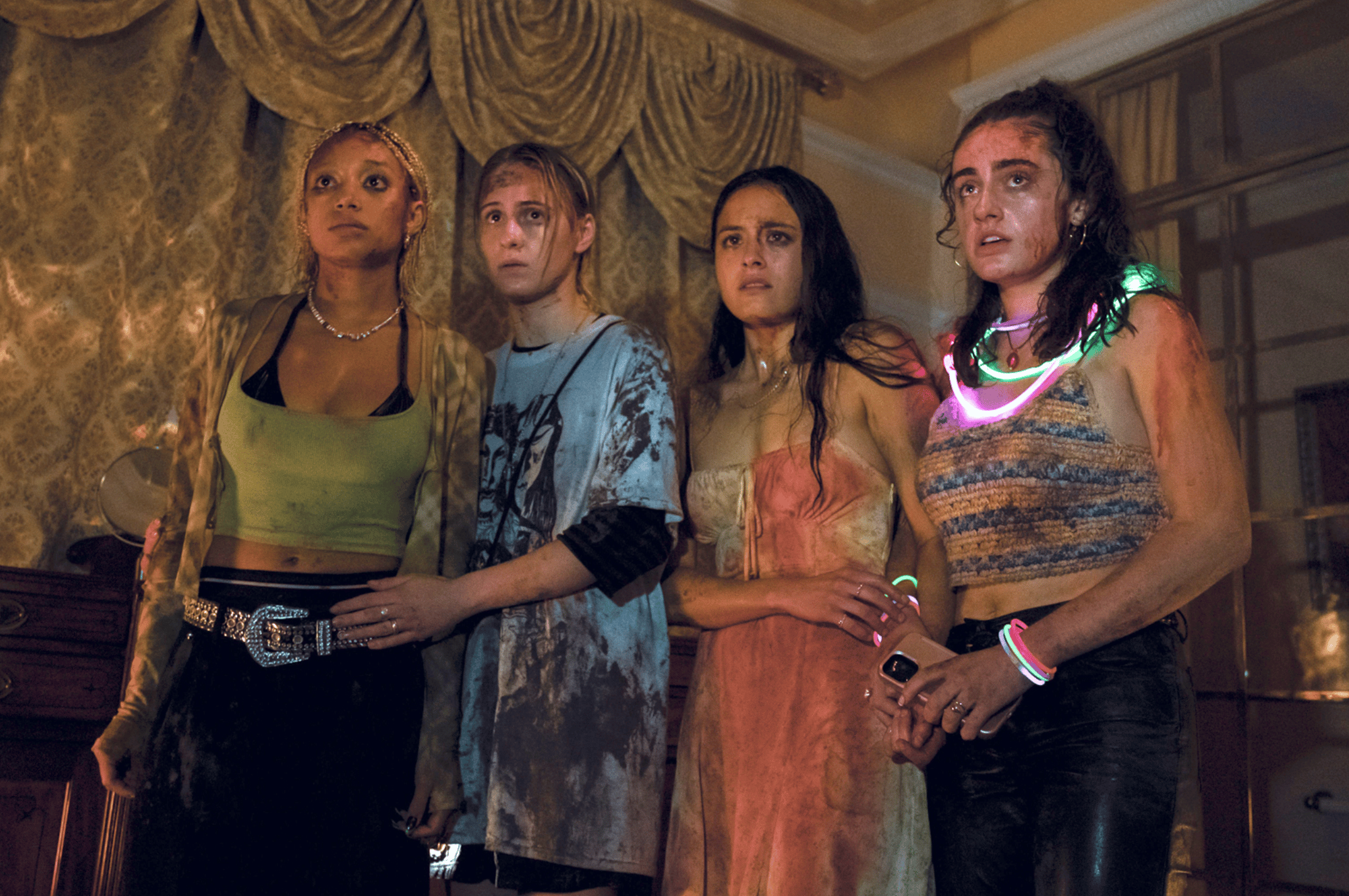
With the DVD release of SILENT HILL: REVELATION on Monday 18th March, it’ll be far from the first flick to frighten audiences with visions of the horrors of Hades.
Strange as it may sound, punters have been queuing up to endure the ultimate in torment and suffering for well over a hundred years. Along the way, as well as horrific Hells, Hollywood has given us comic versions, philosophical, political and even erotic Hells, alongside – inevitably – some old-time religion spins on the Lake of Fire. A survey of some of the more memorable examples provides not just an insight into a century of popular attitudes to the Afterlife, but also offers a snapshot of some of the most infernally good, hellishly bad, and devilishly weird films ever made.
In recent Hollywood, the big game-changer in the horror genre was ROSEMARY’S BABY, Roman Polanski’s hit 1968 chiller which triggered a vogue for Devil movies, climaxing with THE EXORCIST (1973) and THE OMEN (1976). While all three took Satan as their subject, none of them attempted to depict Hell, conscious perhaps that even with the sizeable budgets available courtesy of big studio backing, traditional images of Hades would almost invariably look camp or kitsch to modern audiences. Most of the legion of imitators that followed in the wake of their success followed suit, limiting visions of the Pit to dream sequences or confining themselves to just filming the Gates of Hell. One example worth giving, if only in tribute to the recent demise of its director Michael Winner, is THE SENTINEL (1977), wherein a Brooklyn brownstone has been built over the Gates of Hell. It’s actually quite good, though typically for Winner attracted controversy and accusations of tasteless exploitation, as the director employed physically handicapped actors to portray demons.
In many respects the Seventies represented the point where the cultural conflicts of the Sixties came to a head, as the free love, LSD and idealism of the hippie era gave way to the swinging, cocaine and decadence of the disco decade. Some cinematic portrayals of Hell reflected the struggle for America’s soul. One of the era’s few attempts at a literal depiction of the Lake of Eternal Fire came in the shape of THE BURNING HELL, a 1974 collaboration between the incompetent B-movie director Ron Ormond and the fire and brimstone preacher Estus Pirkle. Bizarrely billed as a documentary, and featuring a cast of hundreds in cheap fake beards with thick Southern drawls ineptly portraying the likes of Moses and the King Of Babylon, THE BURNING HELL’s designed to frighten folk into Pirkle’s church, though it’s more likely to leave sinners rolling in the aisles.
There are few phenomena more representative of the sort of shenanigans that Estus and his ilk believed was luring the unwary to Hell than the advent of ‘porno chic’. The term was coined in a 1973 article in The New York Times to describe the vogue for hip couples to show how sexually liberated they were by watching high budget, high concept hard core porn films at mainstream cinemas. The flick regarded by many as the Citizen Cane of porno chic is THE DEVIL IN MISS JONES (1973), a surprisingly dark, morally ambivalent sex film in which Georgina Spelvin plays a depressed spinster who commits suicide. After being refused entrance to Heaven for killing herself, she attempts to earn a place in Hell by returning to earth to engage in vigorous, promiscuous sex. Having developed an appetite for the pleasures of the flesh, her punishment is to be imprisoned in a chamber with a man who has no interest in sex, forever forbidden fulfilment.
Back in the realms of horror, a trend developed towards oblique, even existential versions of Hell. The ‘Gates of Hell Trilogy’ by Italy’s master of surreal gore, director Lucio Fulci, offers a number of bizarre visions of Hell, most notably in the finale of the second film in the triptych, THE BEYOND(1981), which finishes on a nightmarishly strange note some fans interpret as an atheist vision of the Afterlife. Fulci borrowed elements from the fiction of cult horror writer H.P. Lovecraft, which also informed many of the best films by the American auteur Stuart Gordon. Gordon’s 1986 film From Beyond employs the typically Lovecraftian notion that we are already in a Hell of sorts, surrounded by malevolent inter-dimensional entities we are mercifully incapable of sensing. On a more whimsical note, THE GATE (1987) exploits the, then current, Fundamentalist Christian myth that the grooves on heavy metal records literally contained messages from Hell, and had two kids inadvertently open an entrance to demonic realms by playing the wrong album.
The definitive Eighties ‘Hell’ franchise, however, was surely HELLRAISER, as created by the multi-talented Englishman Clive Barker, who conjured a post-Christian mythology, centred on fearsome S&M demons of ultimate pleasure and pain known as Cenobites. It wasn’t until the second Hellraiser film, HELLBOUND (1988) that we get a glimpse of the Hell the Cenobites hail from (by which point Barker’s involvement was much reduced). It’s a very Eighties Hades somehow, an angular, minimalist labyrinth, and while the special effects haven’t dated too well, it’s an ambitious and interesting effort. JACOB’S LADDER (1990) took the Netherworld into even more abstract territory with its tale of a damaged Vietnam veteran who is disintegrating psychologically, or might just be being sucked into Hell itself. (The creators of the original, 1999 Silent Hill game have confessed to being heavily influenced by the nightmarish blend of metaphysics and psychological horror in Jacob’s Ladder, interpreted in turn in Christophe Gans’ 2006 SILENT HILL film, while Michael J. Bassett, director of SILENT HILL: REVELATION has observed that Clive Barker’s world is deep in his creative DNA.)
HIGHWAY TO HELL (1991) offered a far more playful journey to the Netherworld, though one which flopped upon initial release due to its incongruous blend of madcap comedy and infernal action, proof perhaps that serious depictions of Hell are difficult to pull off with modern audiences. And the film spends almost its entire running time in Hades, as a young man trying to free his abducted fiancé from Satan’s clutches. Yet Highway to Hell went on to become a cult film, dedicated fans warming to its kinetic cocktail of bizarre thrills, black humour and visual invention. THE FRIGHTENERS (1996), Kiwi director Peter (‘Lord of the Rings’) Jackson’s first Hollywood picture, was another horror-comedy crossbreed with a highly unorthodox take on the Hereafter. Disappointing box office appeared to confirm conventional Hollywood wisdom that difficult-to-categorise films often struggle. Another movie which initially bewildered critics and audiences with its genre-bending – this time between science fiction and horror – was Event Horizon (1997), which also later achieved cult status for its original tale of a doomed journey into space that ends, quite possibly literally, in Hell.
A number of invocations of the Infernal in Nineties cinema courted a more mainstream or self-consciously highbrow audience. Woody Allen went to Hell in the 1998 comedy DECONSTRUCTING HARRY a typically self-indulgent affair that briefly features Billy Crystal as the Devil. The following year saw Robin Williams make a similar trip in WHAT DREAMS MAY COME, an attempt by the comedian to establish himself as a serious actor in a cinematic meditation on the Afterlife. Its somewhat sentimental Hades is rather like being trapped returning to the site of your own sin, and while it won over many critics, wasn’t a commercial success. Perhaps the most memorable Hollywood Hell of the decade featured in the South Park movie BIGGER, LONGER & UNCUT (1999). A characteristically provocative and irreverent animated take on the subject, much of the plot hinges on an abusive gay relationship between Satan and Saddam Hussein, where the dead Iraqi dictator is taking advantage of the Prince of Darkness’s affections.
It’s become a cliché to suggest that the September 11 attacks of 2001 changed everything in American culture and politics. Certainly it gives food for thought on the subject of the Afterlife, when you ponder the way that sincerely religious fanatics killed so many innocents, largely in the hope of securing a place in Heaven. Considering that, might traditional ideas of the Hereafter be not just outmoded or comical, but potentially dangerous? WRISTCUTTERS: A LOVE STORY (2006) offers a hip, blackly comedic take on the question, suggesting that suicides end up in a world similar to the one they left, only slightly more depressing. More conventional cinematic visions of Hell largely came from adaptations of new media, like graphic novels and – of course – computer games like Silent Hill. Comic book flicks threw up a notable number of anti-heroes who were quite literally Hell-spawned – from SPAWN (1997) and HELLBOY (2004), to GHOST RIDER (2007) – suggestive of a new generation, mistrustful of Heaven’s champions, ready to take a chance on the opposition…
The Silent Hill universe borrows something from many of these sources. It has echoes of the Netherworlds that terrified our ancestors. Yet it also echoes the more personal, psychological Hells that have become increasingly predominant. In cinematic terms, when I first began researching this piece, I compiled a to-watch list of films I hadn’t seen yet. It included no less than three Keanu Reeves films (Bill & Ted’s Bogus Journey, Devil’s Advocate and Constantine) and a movie that’s been described as Adam Sandler’s worst (Little Nicky). Wading through those would be a good description of Hell in this film fan’s view. In many eyes, the definitive modern statement on the subject is the existentialist French philosopher Jean-Paul Sartre’s observation that ‘Hell is other people’ (No Exit, the 1944 play that contains the line, has been filmed in 1954, 1962 and 2006). Anyone who’s been condemned to try and enjoy a film in a cinema surrounded by giggling teenagers and texting idiots can only concur. Happily, with the release of SILENT HILL: REVELATION on DVD and Blu-Ray, it is now possible to once more enter the Gates of Hell in the comfort of your own front room…
SILENT HILL: REVELATION is available on DVD, Blu-ray, 3D Blu-ray, Steelbook and download on 18th March 2013.
Order it now via this link: Silent Hill: Revelation [DVD]


Latest Posts
-


Film Reviews
/ 3 days ago‘Companion’ review: Dir. Drew Hancock (2025)
Ever since the teaser launched back in October 2024, audience’s have been very curious...
By Kat Hughes -


Netflix
/ 4 days agoRelease date revealed for ‘Squid Game’ season three
Netflix has unveiled the release date for the third season of their hit series...
By Paul Heath -


Film News
/ 4 days agoMarvel Studios launch ‘Captain America: Brave New World’ in London
Ahead of a release in February, Marvel Studios has officially kicked off the marketing...
By Paul Heath -


Film News
/ 4 days ago‘Cottontail’ UK release set; Lily Franky, Ciarán and Aoife Hinds lead the cast
A UK release date has been revealed for drama Cottontail. The film is described...
By Paul Heath











